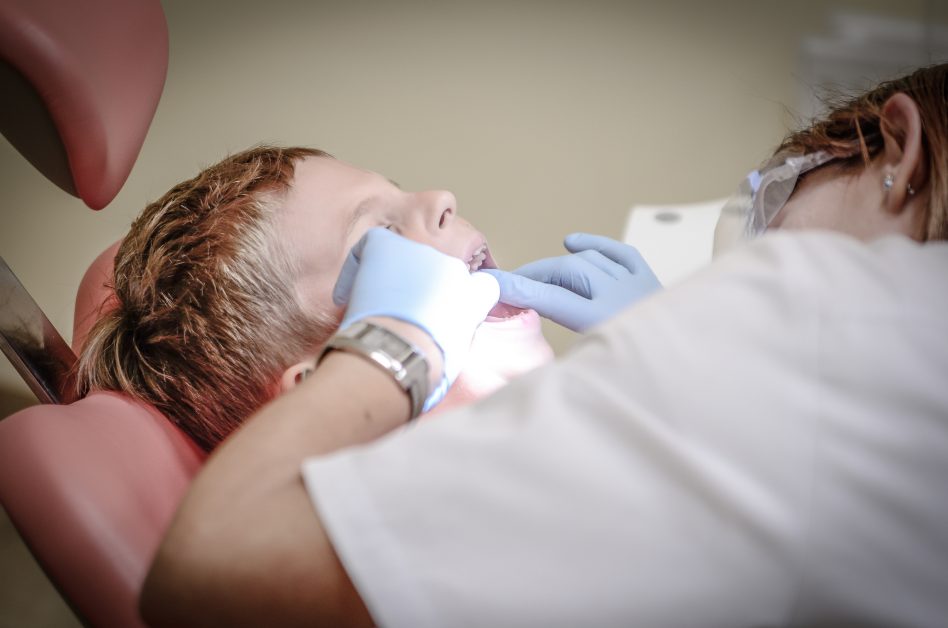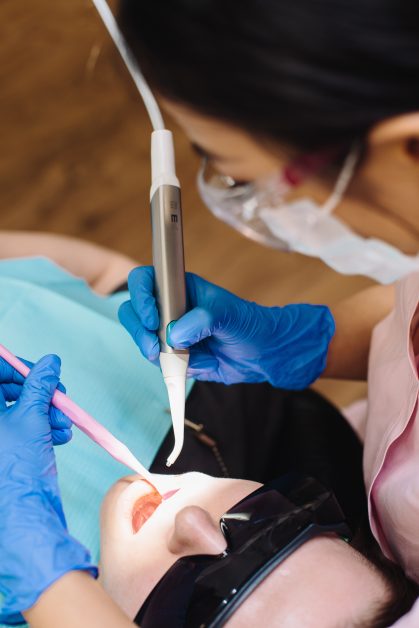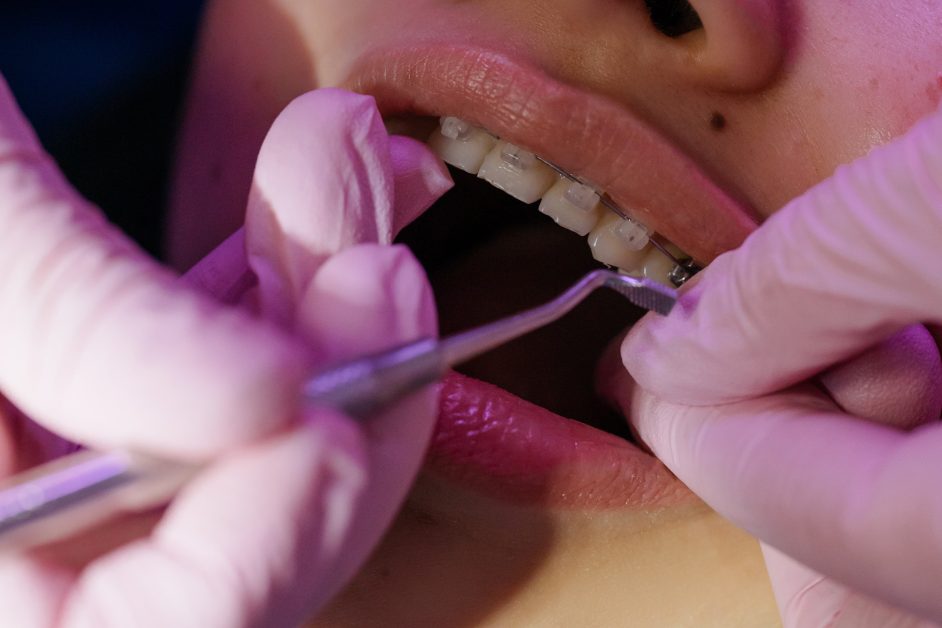With the increasing popularity of dermal fillers, questions about when to dissolve them have been on the rise. Dermal fillers are usually composed of hyaluronic acid and are injected into different areas of the face, such as the cheeks, jaw, lips, and under the eyes, to add volume, enhance shallow contours, and reduce wrinkles. Fillers generally last for one to two years, and many people opt to have fresh filler every six months to maintain their desired look. However, some people may question if they should dissolve their existing filler.

The good news is that hyaluronic acid fillers can be reversed, unlike Botox and other botulinum toxin nerve blocks. To answer questions about dissolving fillers, InStyle consulted board-certified plastic surgeon Dr. Stafford Broumand. Dermal fillers are gel-like substances used to treat and sculpt various areas of the face. They are used for a range of treatments, from plumping the lips to filling hollow under-eyes and wrinkles around the mouth and eyes.

There are different types of fillers available, with hyaluronic acid fillers being the most common. They typically last for six to twelve months and are suitable for treating wrinkles. The longevity of fillers depends on the type of filler used and where it is injected. Stiffer fillers like Calcium hydroxylapatite are used to contour areas such as the cheeks, jawline, and deeper wrinkles and can last for up to three years. Permanent soft tissue fillers like Bellafill are used to smooth deep wrinkles around the mouth, while Poly-L-lactic acid fillers like Sculptra stimulate collagen production and can last up to two years.

Experts suggest that you should get a refill at the six-month mark to maintain your look, rather than waiting for the filler to dissolve entirely. According to Dr. Broumand, you should only dissolve filler if there's been a mistake, such as uneven volume or migration, or if you simply don't like the results.
“Overdoing it” involves layering filler at multiple appointments over a short period. Dissolving fillers involves receiving injections of hyaluronidase (Hyalase) near the original filler injection site, which speeds up the filler dissolving process that would otherwise take place over time. Dissolving typically takes effect immediately, although each person and brand of filler is different, and it could take up to a few days to reach full results. Just like filler injections, dissolving fillers can cause side effects such as bruising and swelling.

